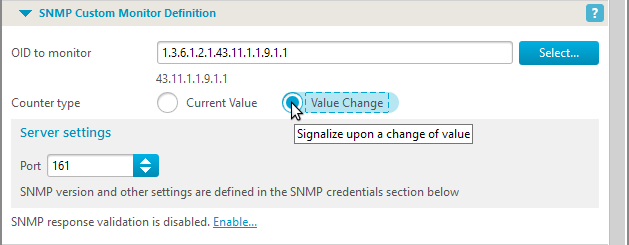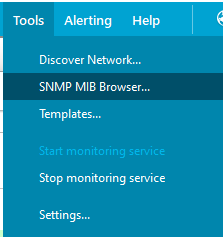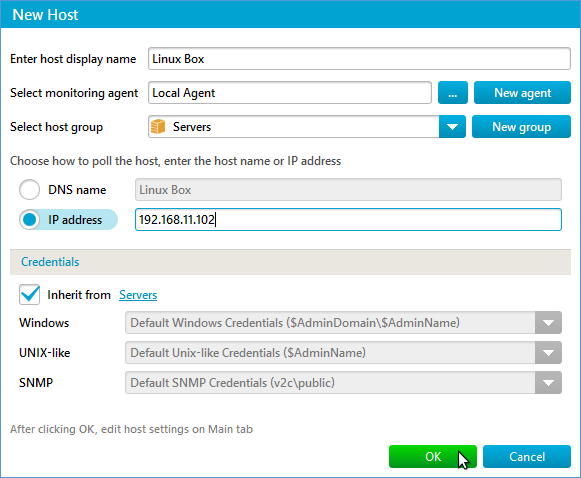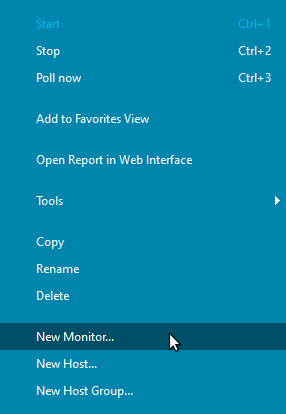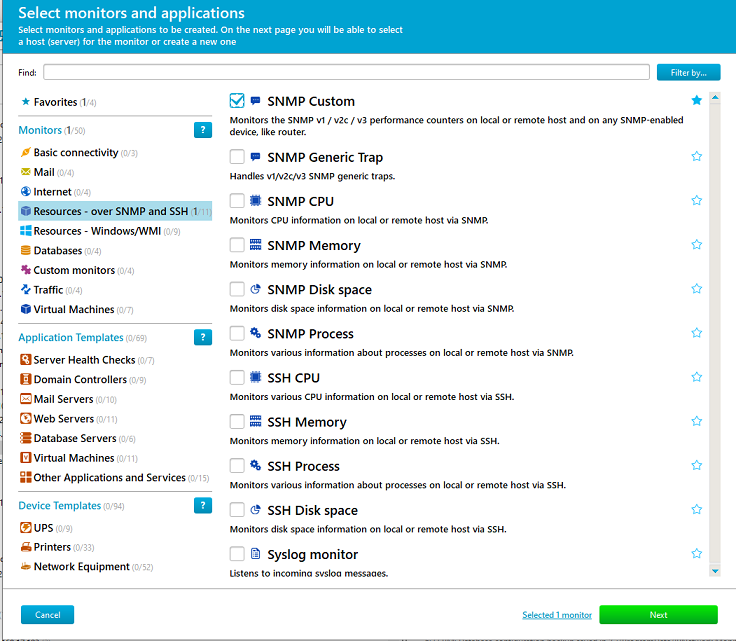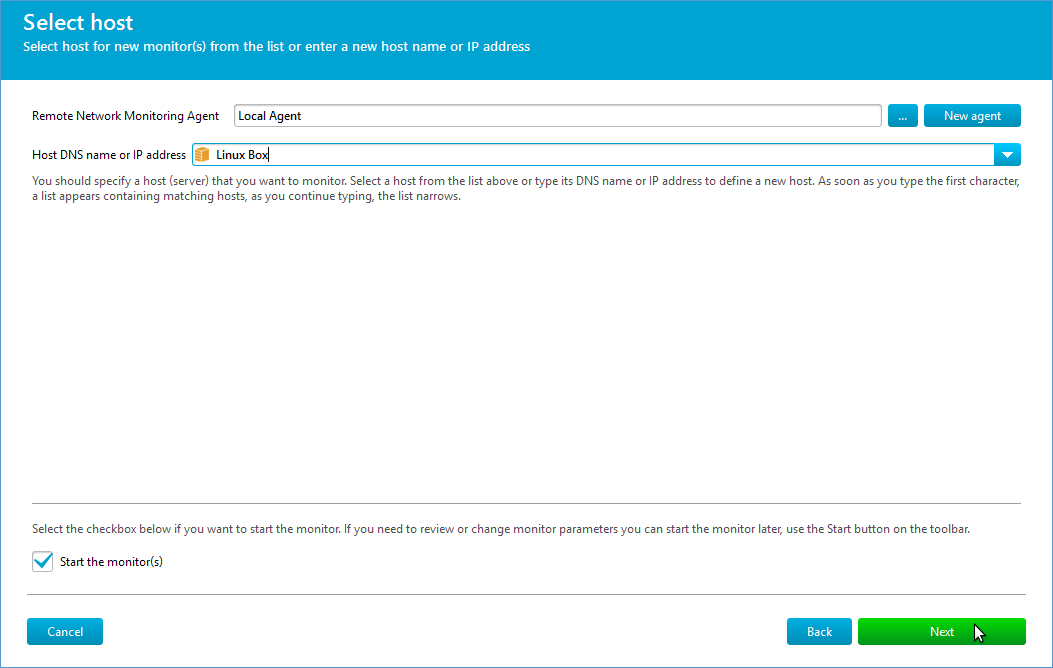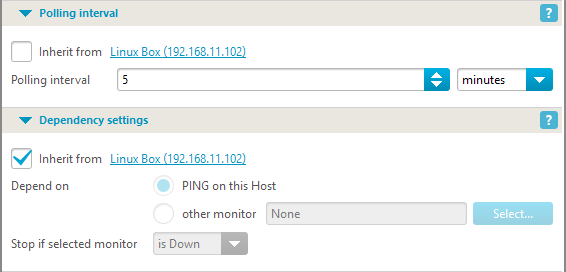In this brief guide, we’ll configure an SNMP monitor to collect TCP connection statistics. This data can be utilized for tracking TCP activity and/or managing TCP connections. Click the images below for a larger view.
Introduction
Starting SNMP services on the host
| This tutorial does not cover the complete setup, configuration, and initiation of SNMP services on the monitored host. Consult documentation for software like net-snmp and/or firewall configurations for secure SNMP setup. This tutorial assumes SNMP services are configured and accessible from the IPNetwork Monitor machine. |
Creating the SNMP monitor
Configuring monitoring parameters
| Open the MIB browser (see above). Without the correct MIB file (RFC1213-MIB), the browser will have limited information. Download the MIB, click “MIBs” (bottom-left), and check if it’s loaded. | 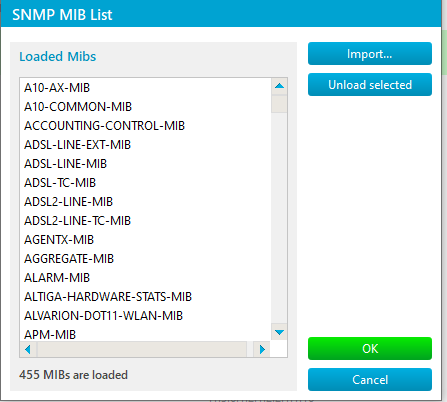 |
| If RFC1213-MIB is listed, skip this. Otherwise, place it in %ProgramData%\IPNetwork Monitor\mibs and click “Import”. Choose the file and click “Open”. |  |
| Refresh the MIB browser. To locate TCP connection state OIDs, enter “tcpConnState” next to “Find”. The browser will filter the results.
Note: Individual TCP connection entries are encoded by combining the branch OID with destination and source IP addresses and ports. This allows individual connection monitoring. This tutorial monitors local SMTP (OID tail: 0.0.0.0.25.0.0.0.0.0). For more advanced monitoring, like listing all active connections to a port, consider a custom script and a different monitor type. Custom SNMP entries are also an option (see SNMP server documentation). Choose the best approach. Select the entry and click “OK”. |
 |
| Configure an alarm for non-‘listen’ states. In the “Performance Monitoring” section, you’ll find two alarm levels: “Warning” (non-critical issue) and “Down” (critical issue). Set thresholds based on your requirements. This example uses ‘2’ for a critical alert. See the Alerting and Actions guide for more details. |  |


